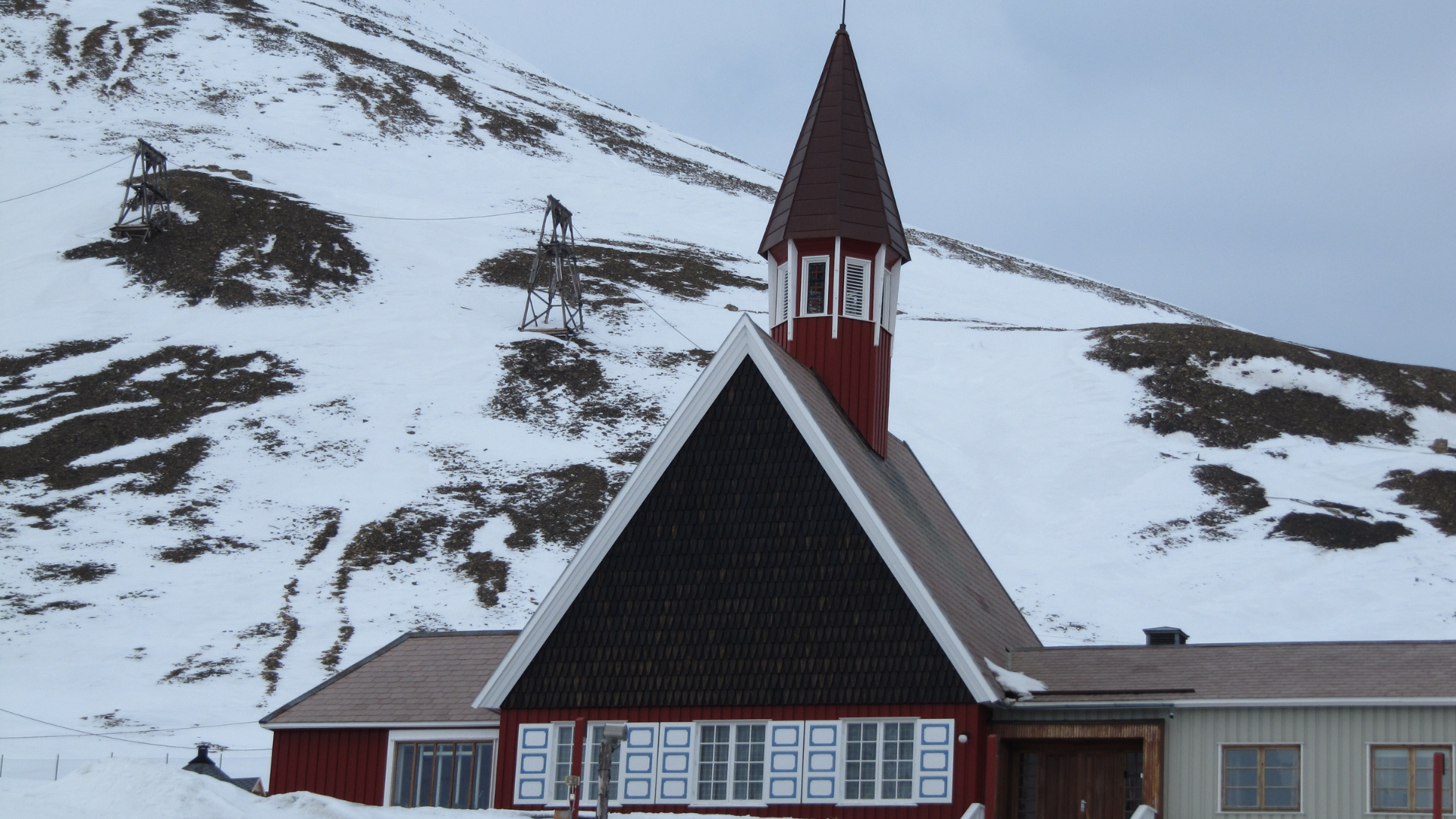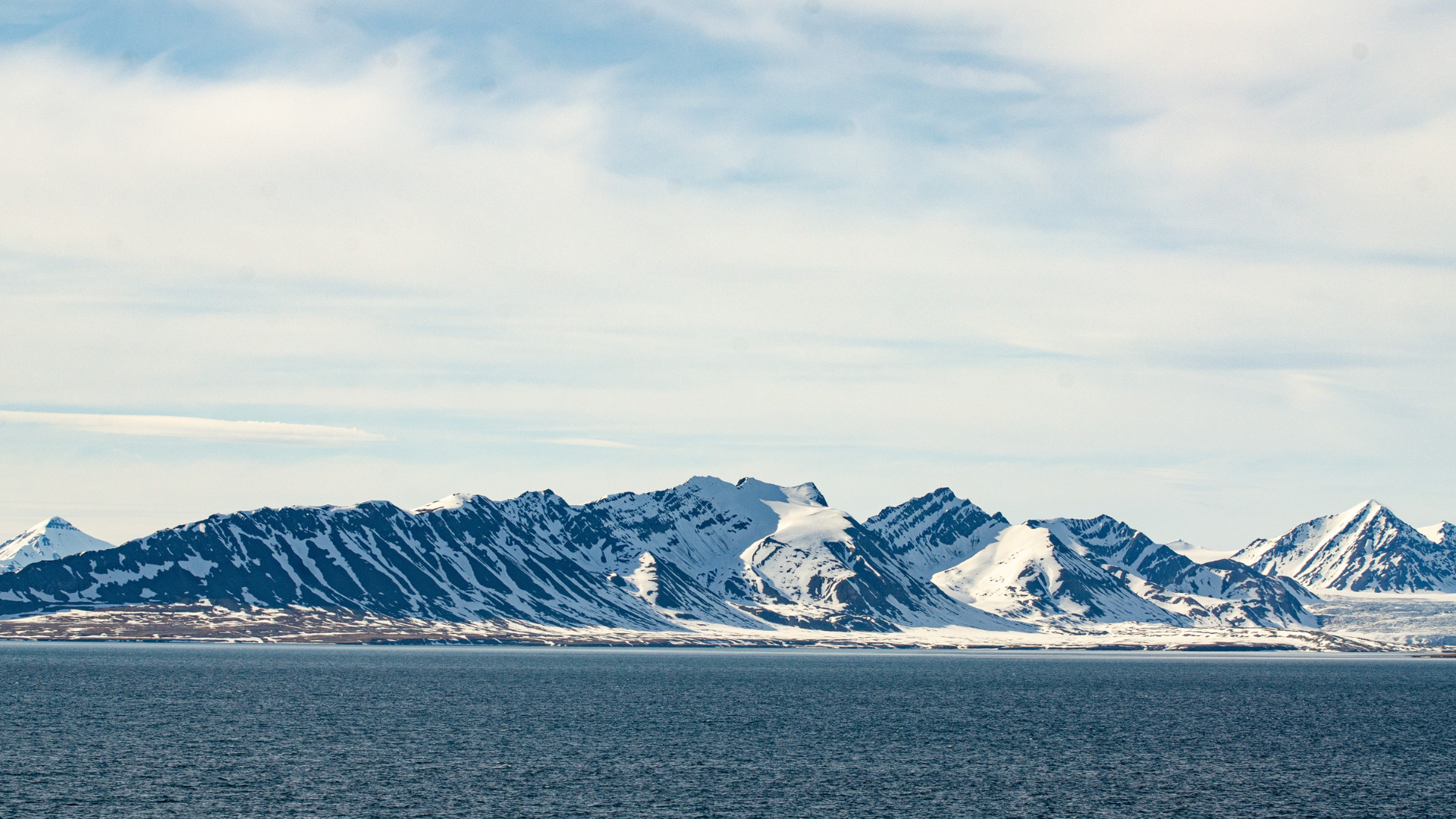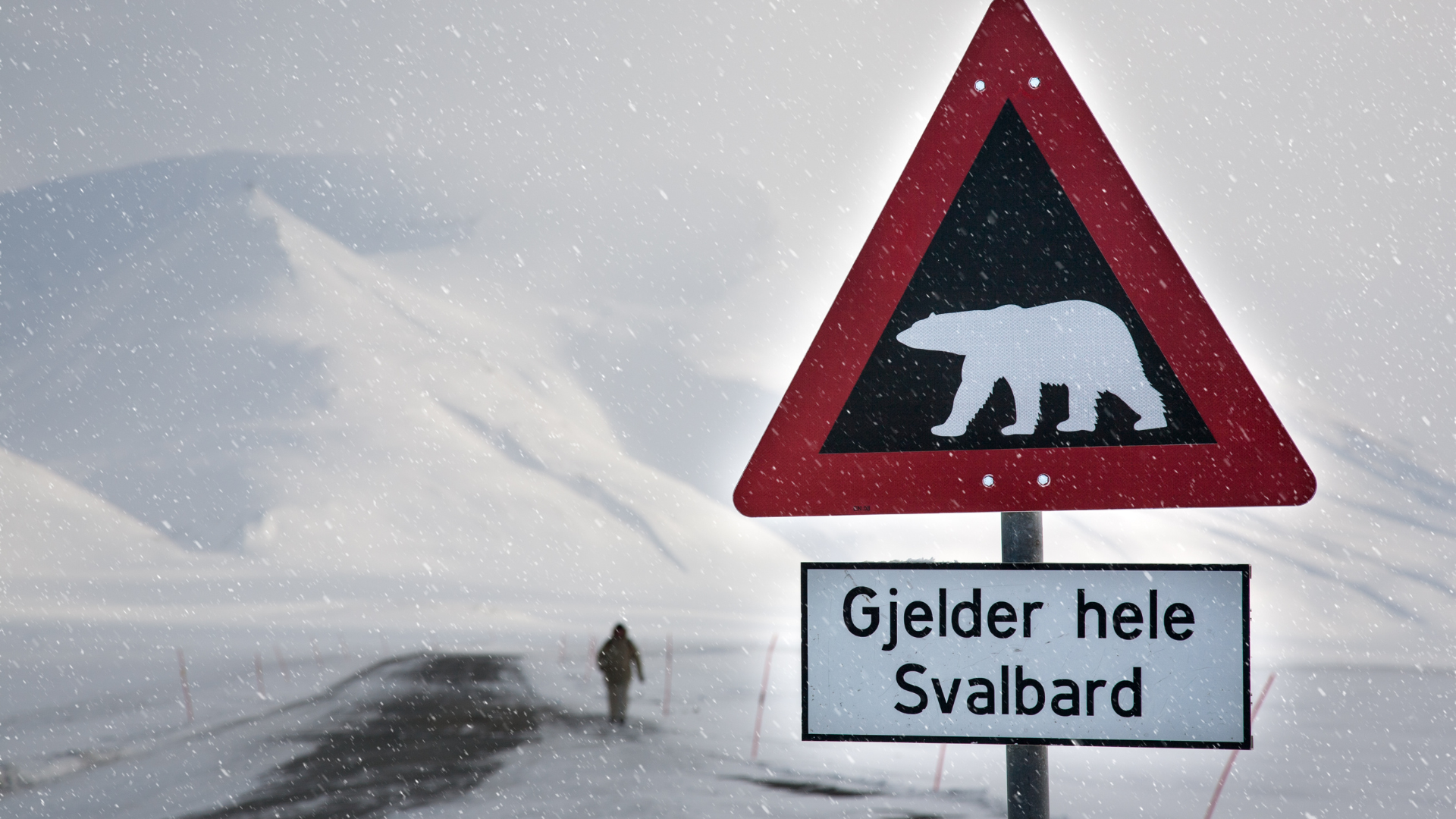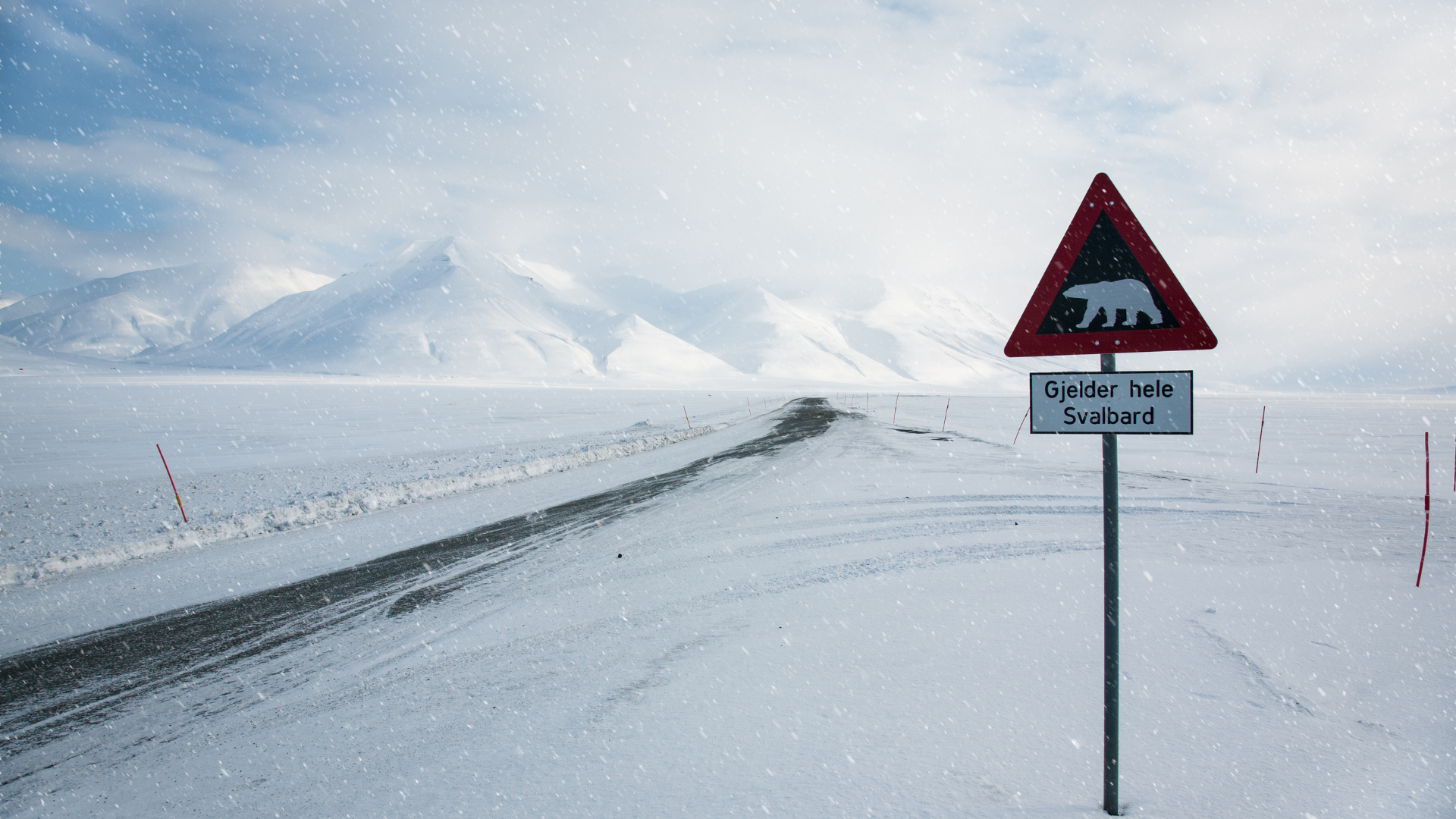Exploring the Enigmatic Beauty of Spitsbergen
Unveiling the Mysteries of Spitsbergen: A Journey to the Edge of the World
Nestled within the Arctic Circle lies a land shrouded in mystery and intrigue, a place where polar bears roam freely amidst towering glaciers and endless expanses of ice. Welcome to Spitsbergen, the largest island in the Svalbard archipelago, a remote outpost in the far reaches of Norway. With its stark beauty and harsh climate, Spitsbergen beckons adventurers and explorers alike to uncover its secrets and experience the raw power of the Arctic wilderness.
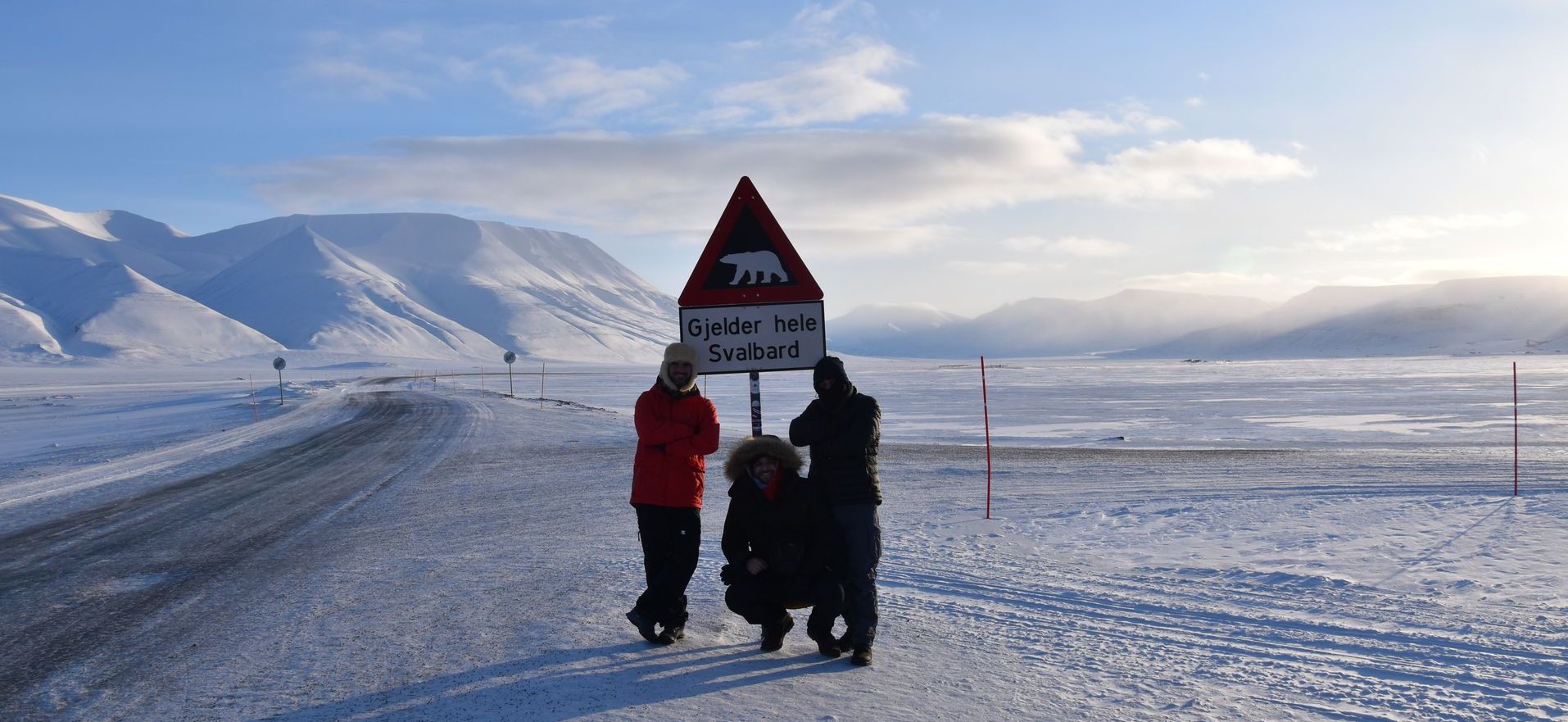
A Land of Contrasts
Spitsbergen is a study in contrasts, where the sun never sets during the summer months, casting an ethereal glow over the landscape, while the winter plunges the island into a darkness so profound that only the faint glimmer of the northern lights offers solace. It is a land of extremes, where temperatures can plummet to bone-chilling lows, yet life stubbornly persists in the form of hardy Arctic flora and fauna.
Polar Wilderness
At the heart of Spitsbergen lies its pristine wilderness, a vast expanse of rugged mountains, icy fjords, and frozen tundra. Here, glaciers reign supreme, carving out deep valleys and sculpting the landscape over millennia. One of the most awe-inspiring sights is the towering spires of the Monaco Glacier, a colossal ice mass that seems to stretch endlessly towards the horizon. Adventurous souls can embark on glacier hikes or even try their hand at ice climbing, navigating the crevasses and seracs that dot the icy terrain.
Arctic Wildlife
Spitsbergen is a haven for wildlife enthusiasts, offering rare glimpses of some of the Arctic's most iconic inhabitants. Perhaps most famously, it is home to the mighty polar bear, the undisputed king of the ice. These magnificent predators roam the sea ice in search of seals, their thick fur and insulating blubber allowing them to thrive in the harsh Arctic environment. Visitors to Spitsbergen may also encounter other Arctic denizens such as reindeer, Arctic foxes, and various species of seals and seabirds.
Historic Exploration
The history of Spitsbergen is intertwined with the annals of Arctic exploration, with intrepid adventurers and explorers venturing into its icy depths in search of fame and fortune. One such figure was the famed Norwegian explorer Roald Amundsen, who used Spitsbergen as a base for his historic expeditions to the North Pole. Today, remnants of these expeditions can still be found scattered across the island, serving as a poignant reminder of the human quest to conquer the Arctic.
Cultural Heritage
Despite its remote location, Spitsbergen boasts a rich cultural heritage shaped by centuries of human presence in the Arctic. The indigenous Sámi people have inhabited these lands for thousands of years, their traditional way of life intricately linked to the rhythms of nature. In more recent times, Spitsbergen has been home to a diverse array of settlers, from whalers and trappers to scientists and miners. The remnants of these communities can still be seen in the form of abandoned settlements and mining outposts, each telling a story of resilience and adaptation in the face of extreme conditions.
Challenges of Climate Change
Like much of the Arctic, Spitsbergen is not immune to the impacts of climate change. Rising temperatures have led to the rapid retreat of glaciers, altering the landscape and threatening the delicate balance of Arctic ecosystems. In recent years, scientists have observed alarming changes in sea ice extent and thickness, posing challenges for the iconic polar bear and other Arctic species. As the world grapples with the urgent need to address climate change, Spitsbergen serves as a stark reminder of the fragility of our planet's polar regions.
Preserving the Arctic Wilderness
Despite the challenges posed by climate change and human activity, efforts are underway to preserve Spitsbergen's pristine wilderness for future generations to enjoy. The establishment of national parks and nature reserves has helped to protect critical habitat for Arctic wildlife, while sustainable tourism practices aim to minimize the ecological footprint of visitors to the island. Researchers and conservationists continue to study and monitor the health of Spitsbergen's ecosystems, providing valuable insights into the impacts of climate change on the Arctic environment.
In the frozen realm of Spitsbergen, where the Arctic winds howl and the polar bears reign supreme, there lies a world waiting to be discovered. From its towering glaciers to its resilient wildlife, this remote island captivates the imagination and beckons adventurers to explore its icy depths. As we strive to understand and protect the fragile ecosystems of the Arctic, Spitsbergen stands as a testament to the enduring power and beauty of the natural world. So, pack your bags, don your warmest layers, and embark on a journey to the edge of the world – where the wonders of Spitsbergen await.



